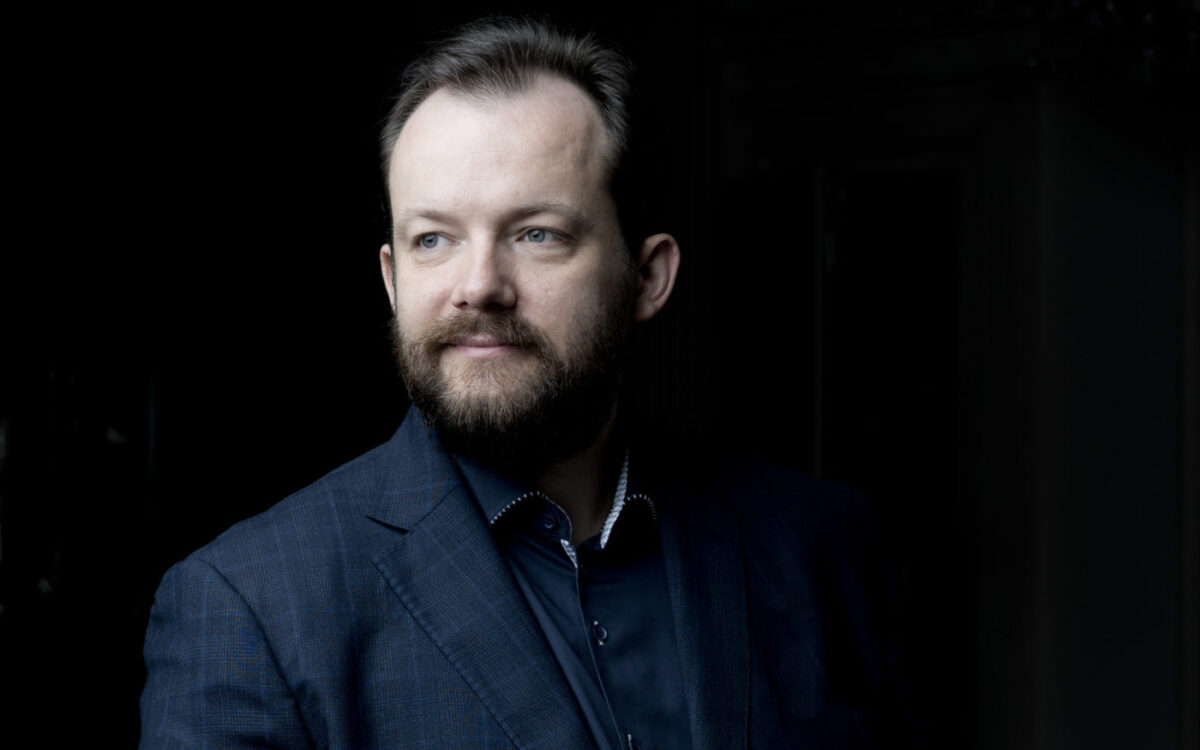Piano Concerto No. 1
Composition and premiere: Though sketches for the Piano Concerto No. 1 go back to 1830, Liszt drafted both his piano concertos at roughly the same time in 1839. He likely worked on the first again in the late 1840s, in 1853, and following the premiere which took place at Weimar on February 17, 1855, with the composer as soloist and Hector Berlioz conducting. Wilhelm Gericke led the first BSO performances in October 1885 with soloist Adèle Margulies in the old Boston Music Hall. The most recent Tanglewood performance on August 18, 2000, featured Jean-Yves Thibaudet with Adam Fischer conducting, and the most recent BSO performances took place in January 2013 with soloist Stephen Hough and Charles Dutoit on the podium.
For all his self-assurance at the piano, Franz Liszt was insecure as a composer. He would rework old compositions repeatedly, often at the dubious advice of random acquaintances. Many of his compositions went through stages of creation and exist in two different “finished” forms.
In 1839, when he was known primarily as a touring virtuoso, Liszt sketched both of his piano concertos as showpieces, but the pressure of touring caused him to put both works aside for a decade.
Even after Liszt “finished” the Piano Concerto No. 1 in 1849, he was in no rush to present it to the public. Only on May 12, 1853, did Liszt write to Hans von Bülow, “I have just finished reworking my two concertos and the Totentanz in order to have them copied definitively.”
A comparative study reveals that Liszt simplified the work over time. In his touring days, his compositions approached the technical limits of pianistic virtuosity. Later, that virtuosity more often served poetic expression.
The First Concerto garnered some initial poor reviews. The conservative critic Eduard Hanslick called the piece Liszt’s “Triangle Concerto,” deriding the composer for his supposedly crass instrumentation while ignoring prominent precedents by Beethoven and Mozart. More daringly, Liszt cast his work in one large movement, subsuming the traditional fast-slow-fast sections into the overall span unified by the transformation of themes into a well-organized whole. He reworked the assertive opening figure and translated the poetic Adagio theme into a march-like finale. Béla Bartók hailed the E-flat concerto as “the first perfect realization of cyclic sonata form.”
By the 1890s the Boston Symphony was regularly programming the work as a feature attraction when it toured, suggesting that audiences had long since come round and accepted the view of an English critic in 1903 that the E-flat concerto was “quite the most brilliant and entertaining of concertos.” The same writer added, “No person genuinely fond of music was ever known to approach it with an unprejudiced mind and not like it.”
Steven Ledbetter

